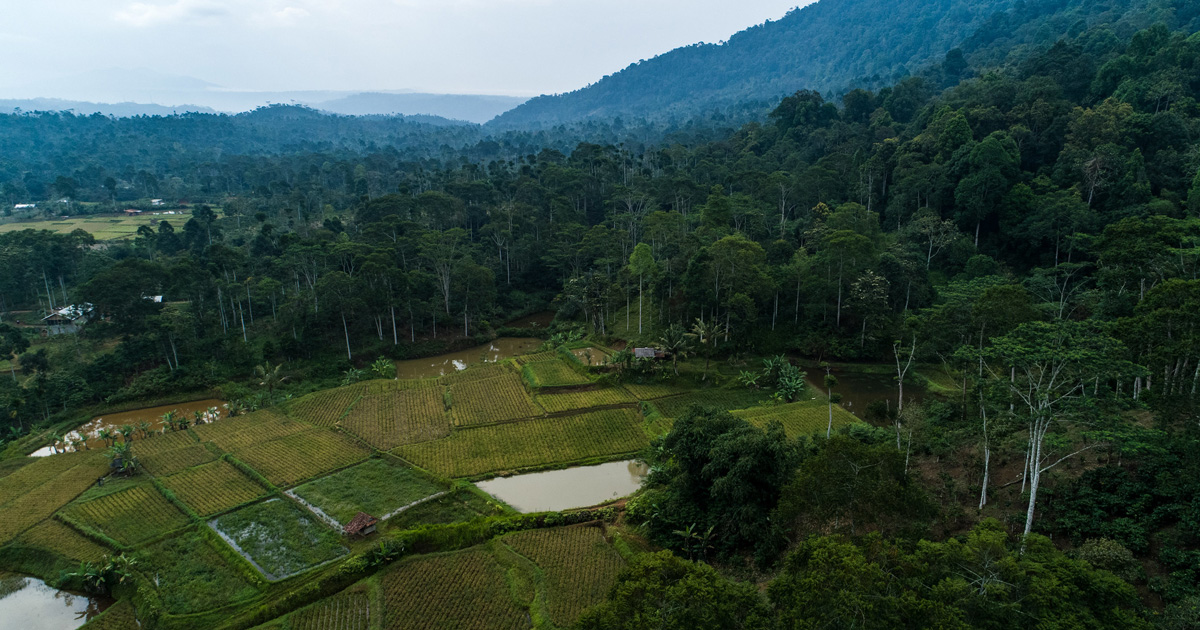Biodiversity loss from disturbances caused by human activities means that species are disappearing at an ever increasing rate. The high number of species that have yet to be described have generated extreme crisis to the taxonomist. Therefore, more than in any other era, effective ways to discover and delimitate species are needed. This paper reviews the historically foremost approaches used to delimit species in Ascomycota, the most speciose phylum of Fungi. These include morphological, biological, and phylogenetic species concepts. We argue that a single property to delineate species boundaries has various defects and each species concept comes with its own advantages and disadvantages. Recently the rate of species discovery has increased because of the advancement of phylogenetic approaches. However, traditional phylogenetic methods with few gene regions lack species-level resolution, and do not allow unambiguous conclusions. We detail the processes that affect gene tree heterogeneity, which acts as barriers to delimiting species boundaries in classical low-rank phylogenies. So far, limited insights were given to the DNA-based methodologies to establish well-supported boundaries among fungal species. In addition to reviewing concepts and methodologies used to delimit species, we present a case study. We applied different species delimitation methods to understand species boundaries in the plant pathogenic and cryptic genus Phyllosticta (Dothideomycetes, Botryosphaeriales). Several DNA-based methods over-split the taxa while in some methods several taxa fall into a single species. These problems can be resolved by using multiple loci and coalescence-based methods. Further, we discuss integrative approaches that are crucial for understanding species boundaries within Ascomycota and provide several examples for ideal and pragmatic approaches of species delimitation.
DOI:
https://doi.org/10.1007/s13225-021-00486-6
Altmetric score:
Dimensions Citation Count:
























